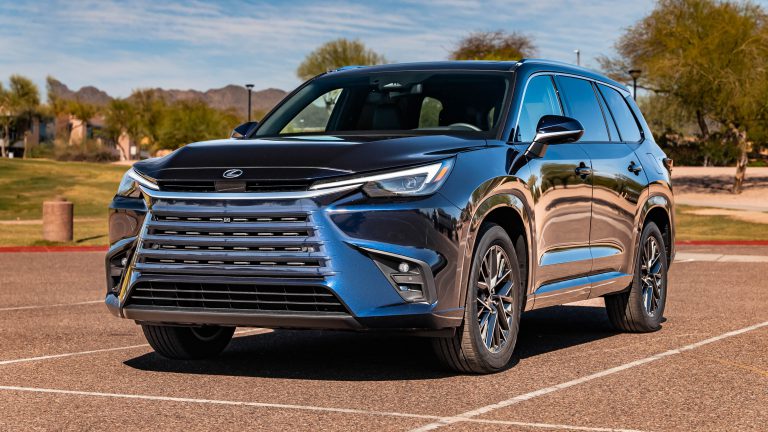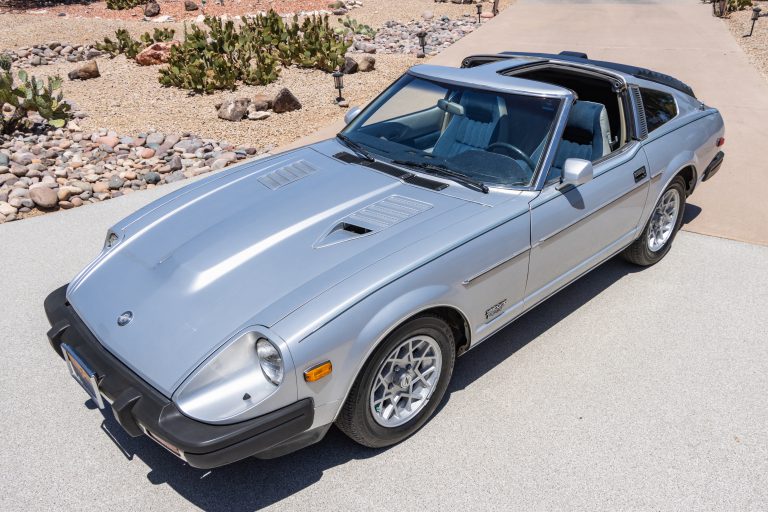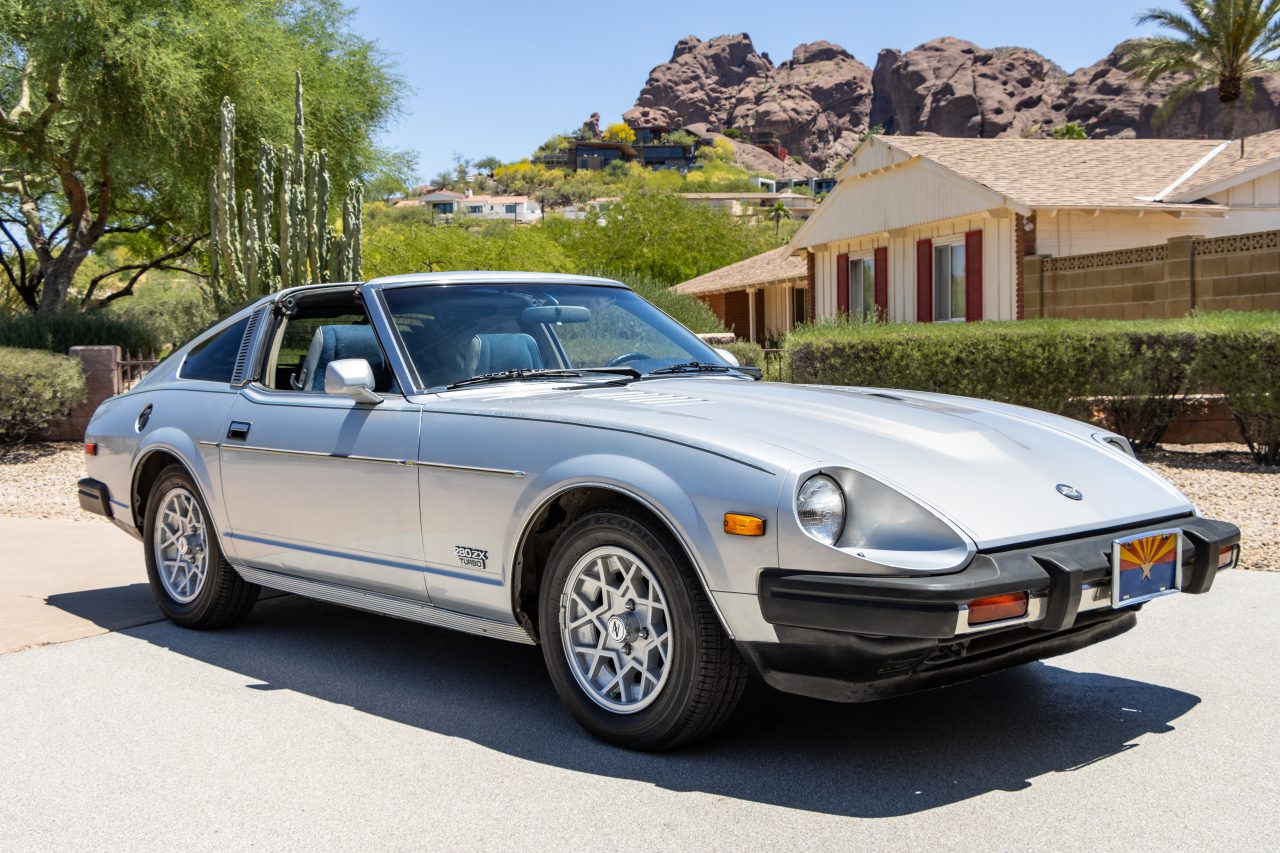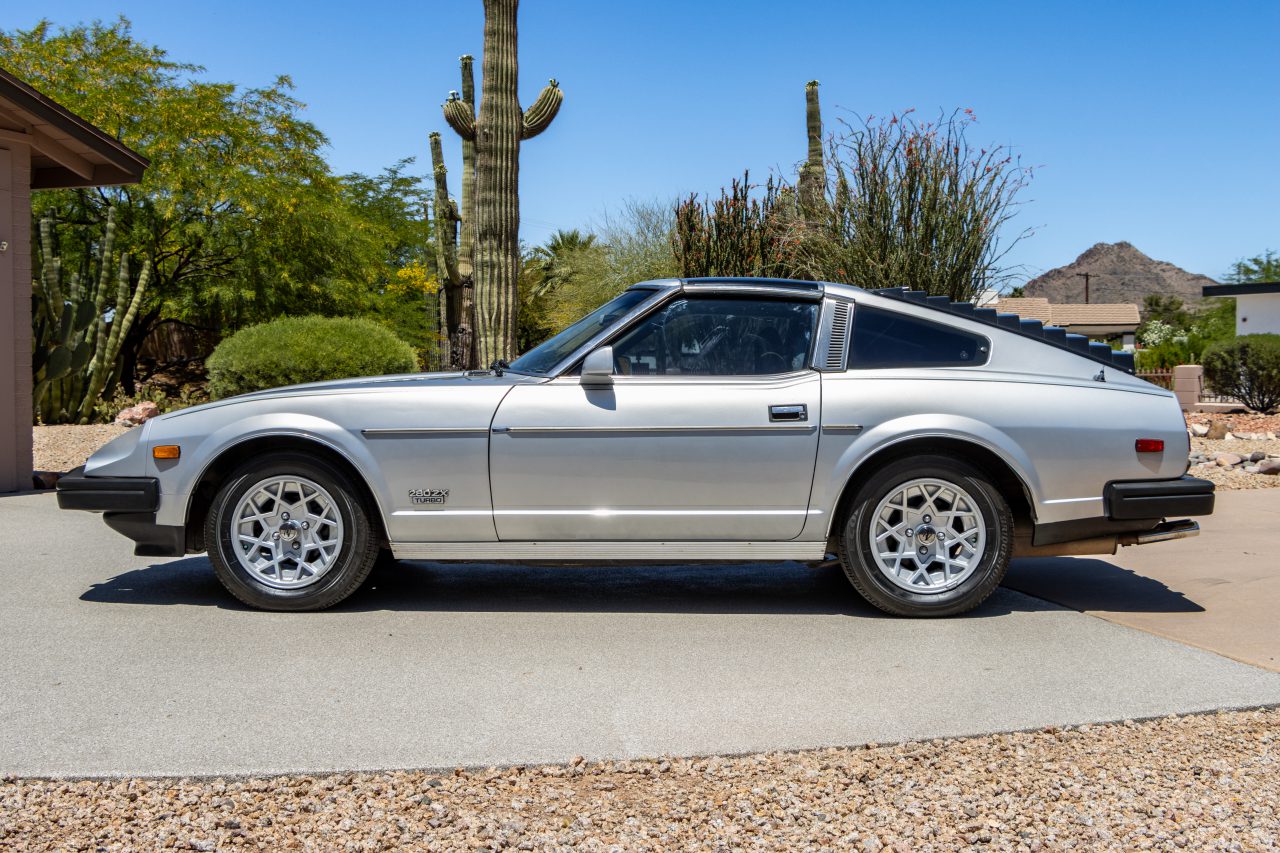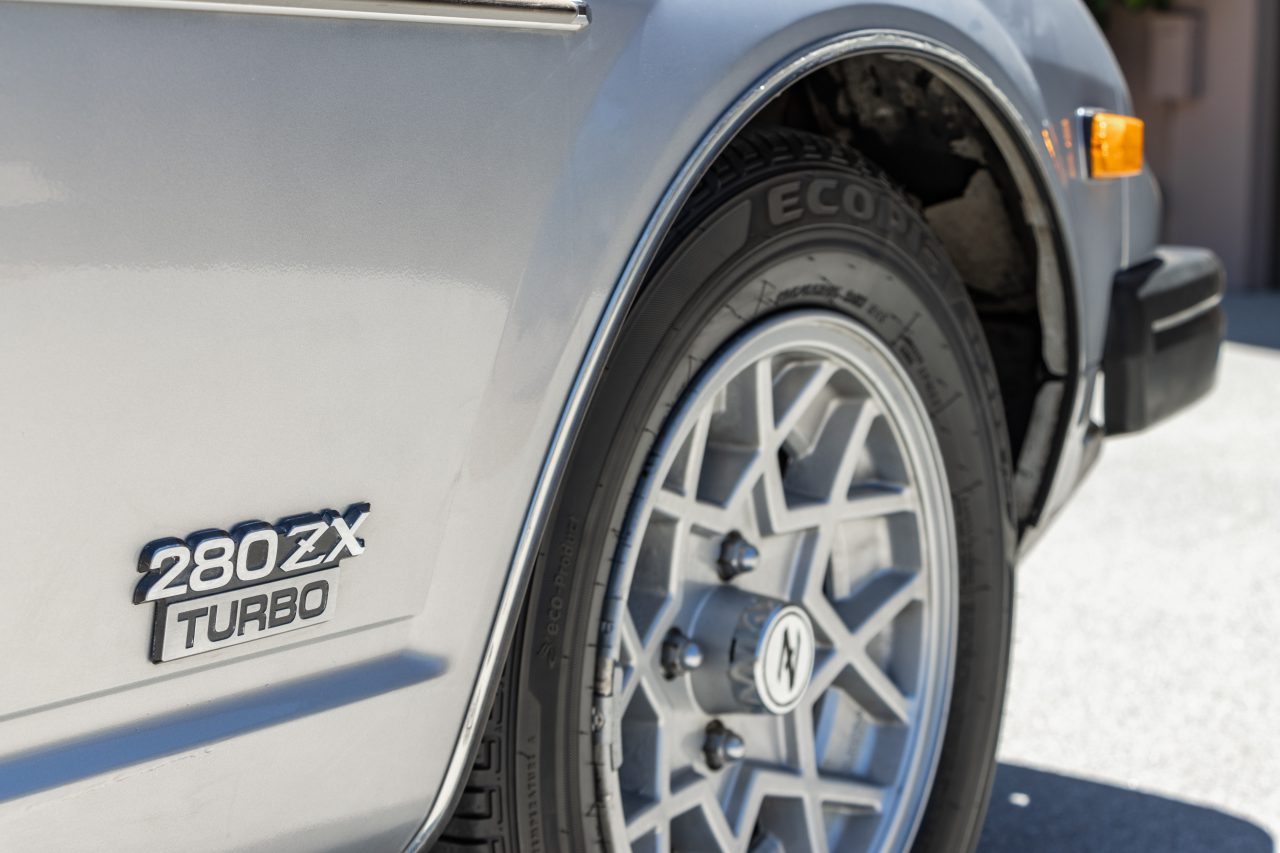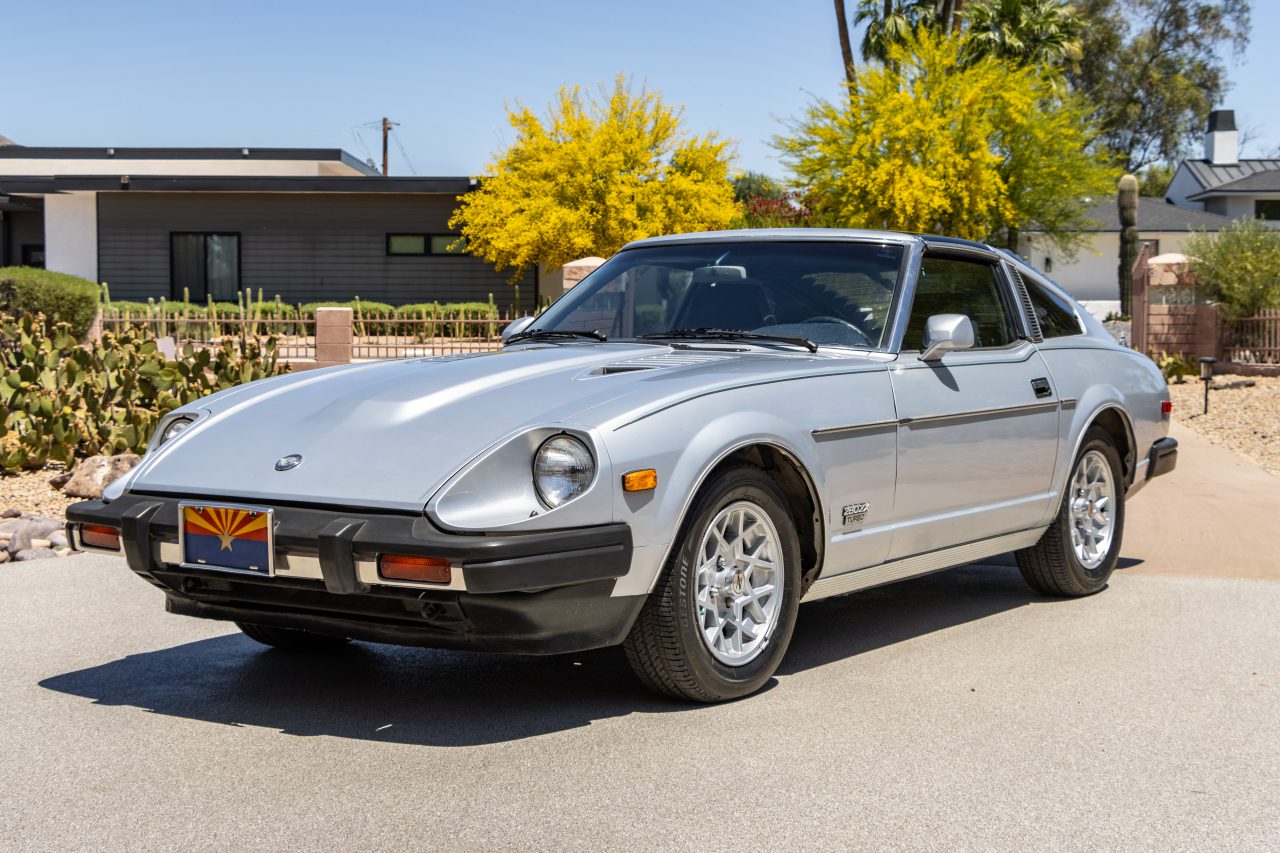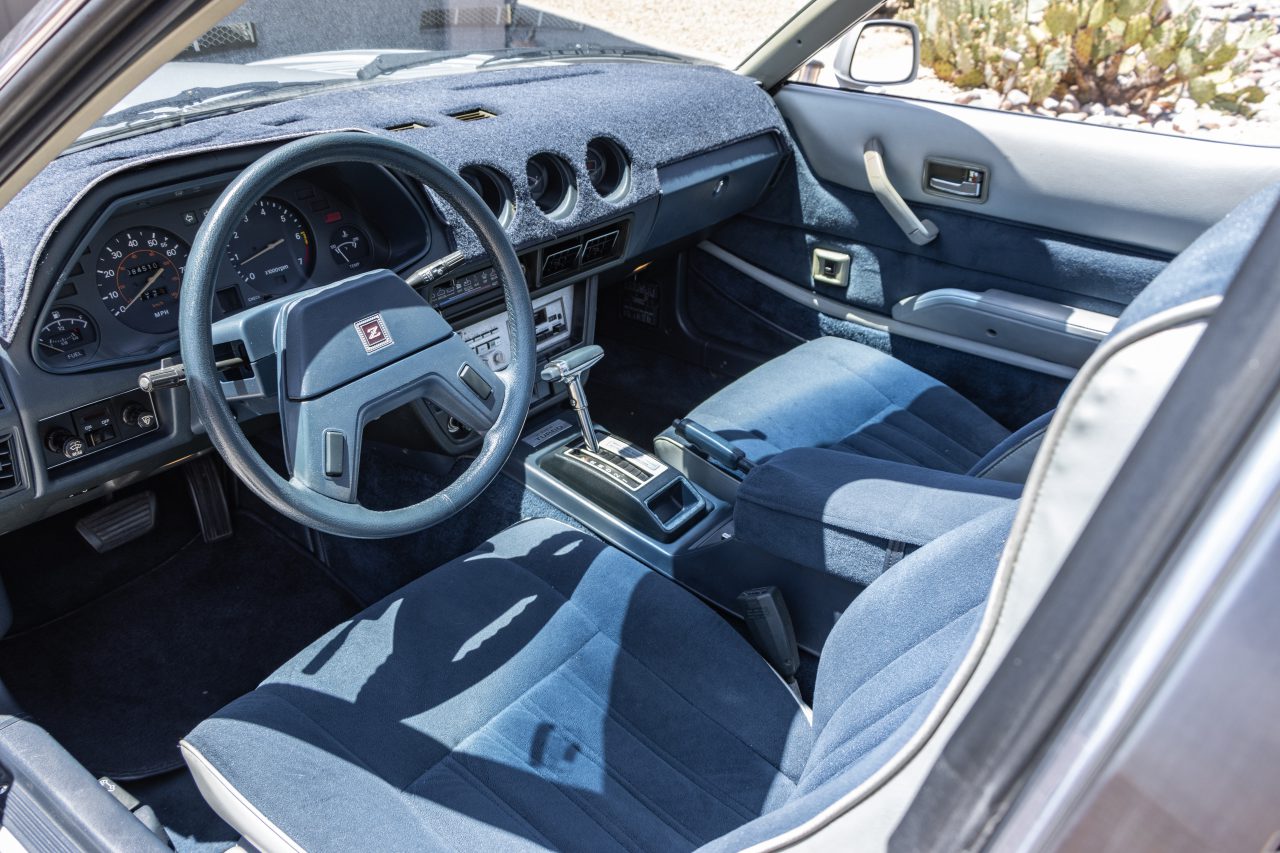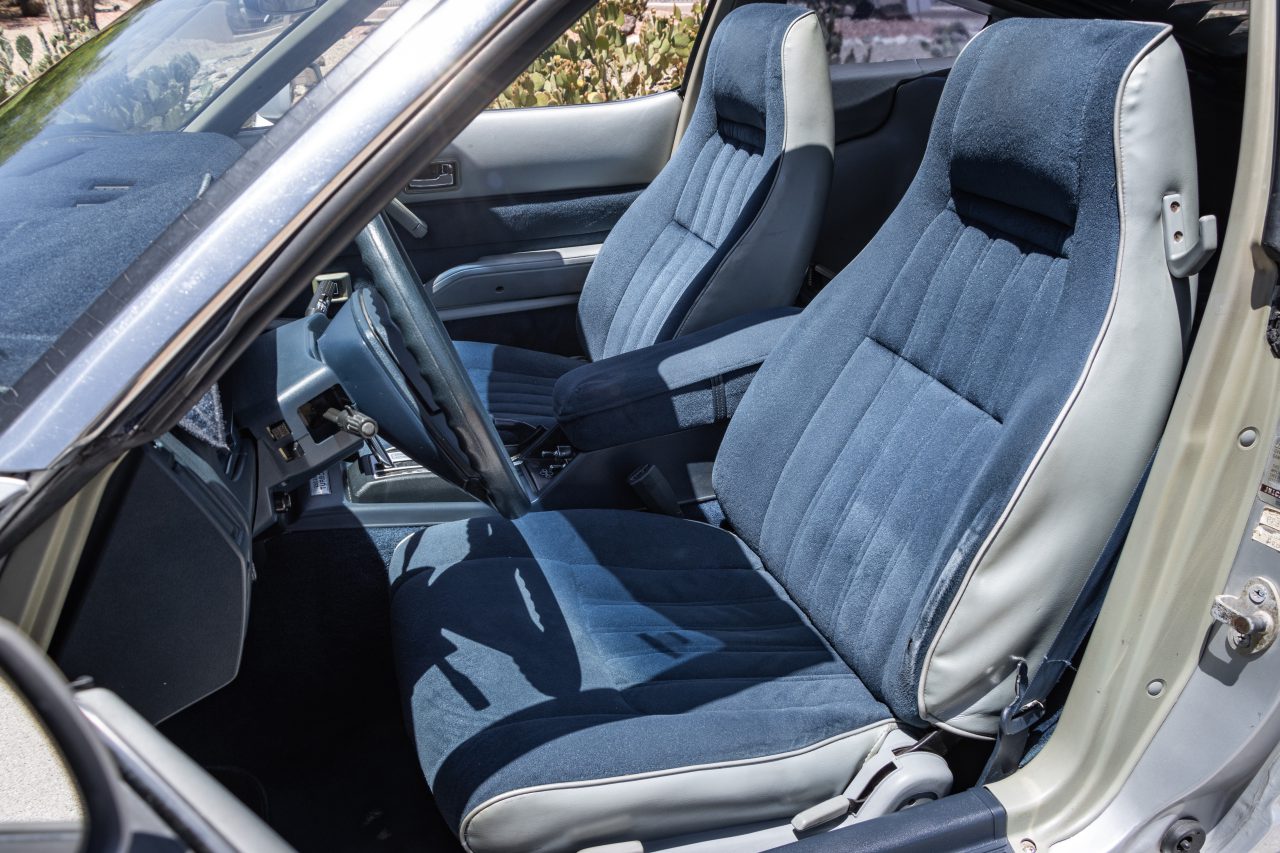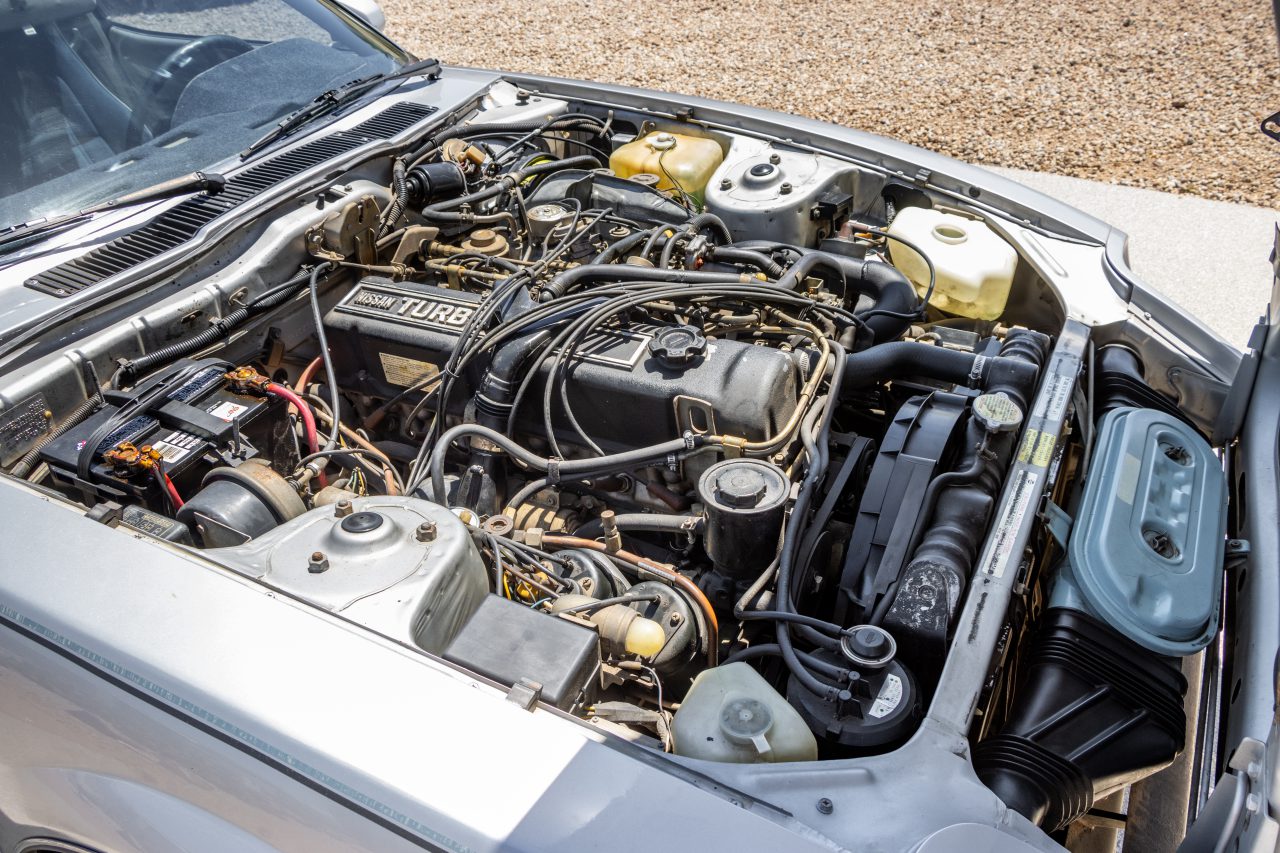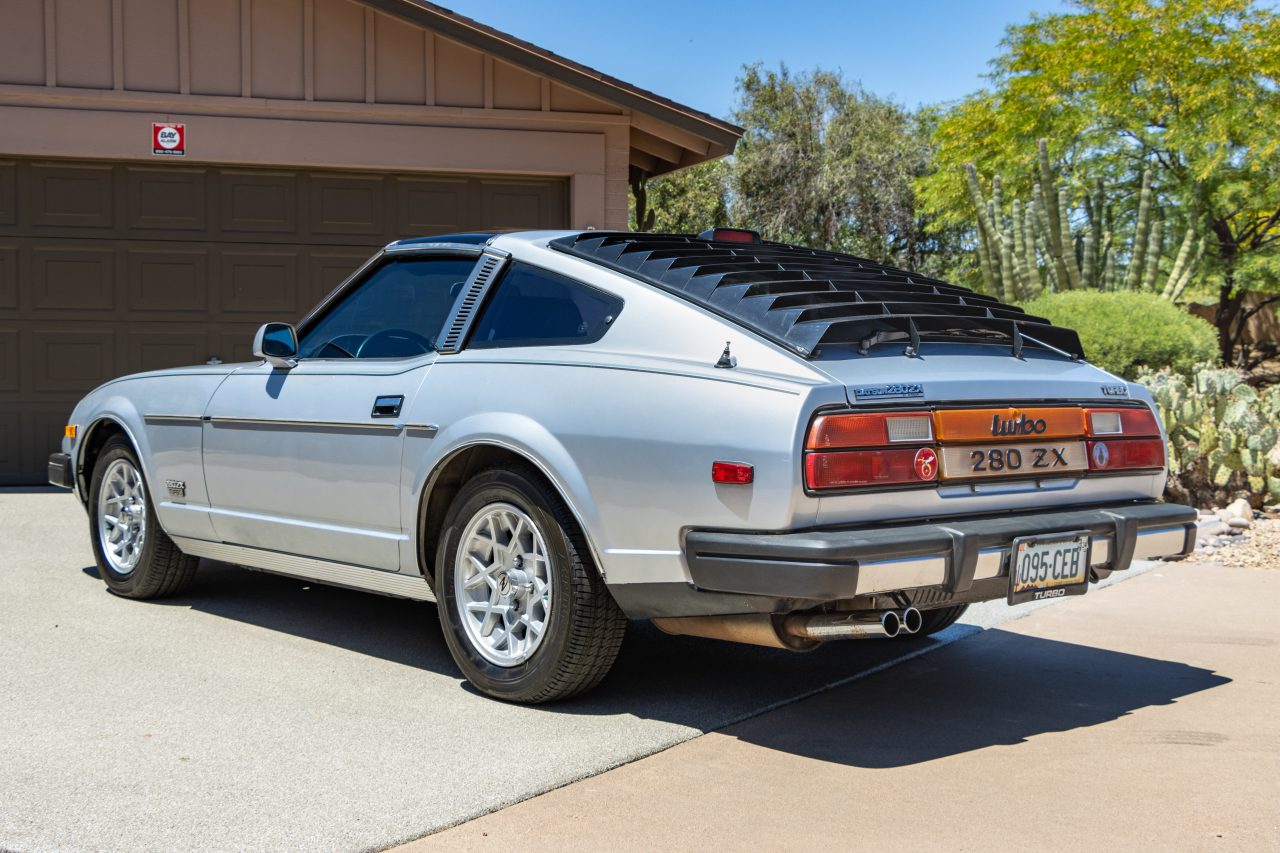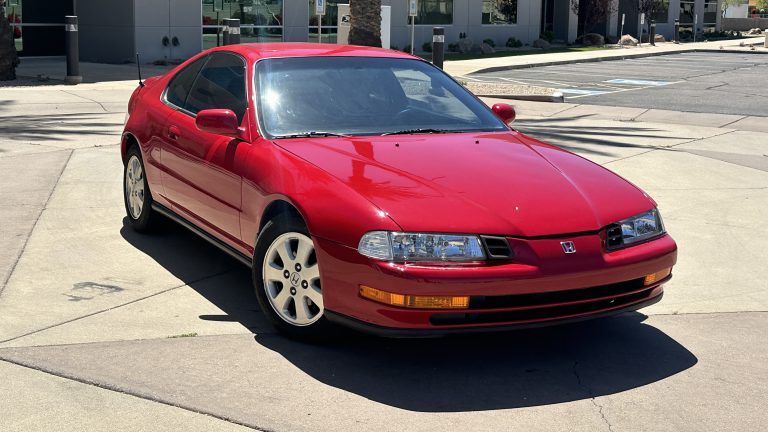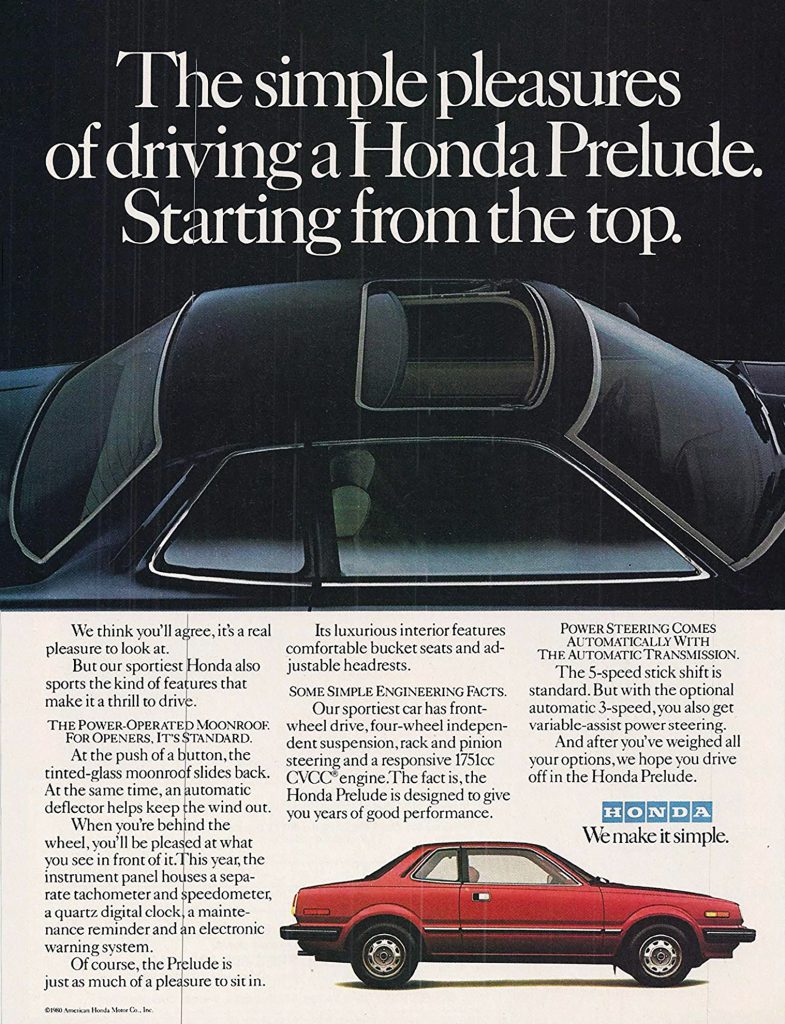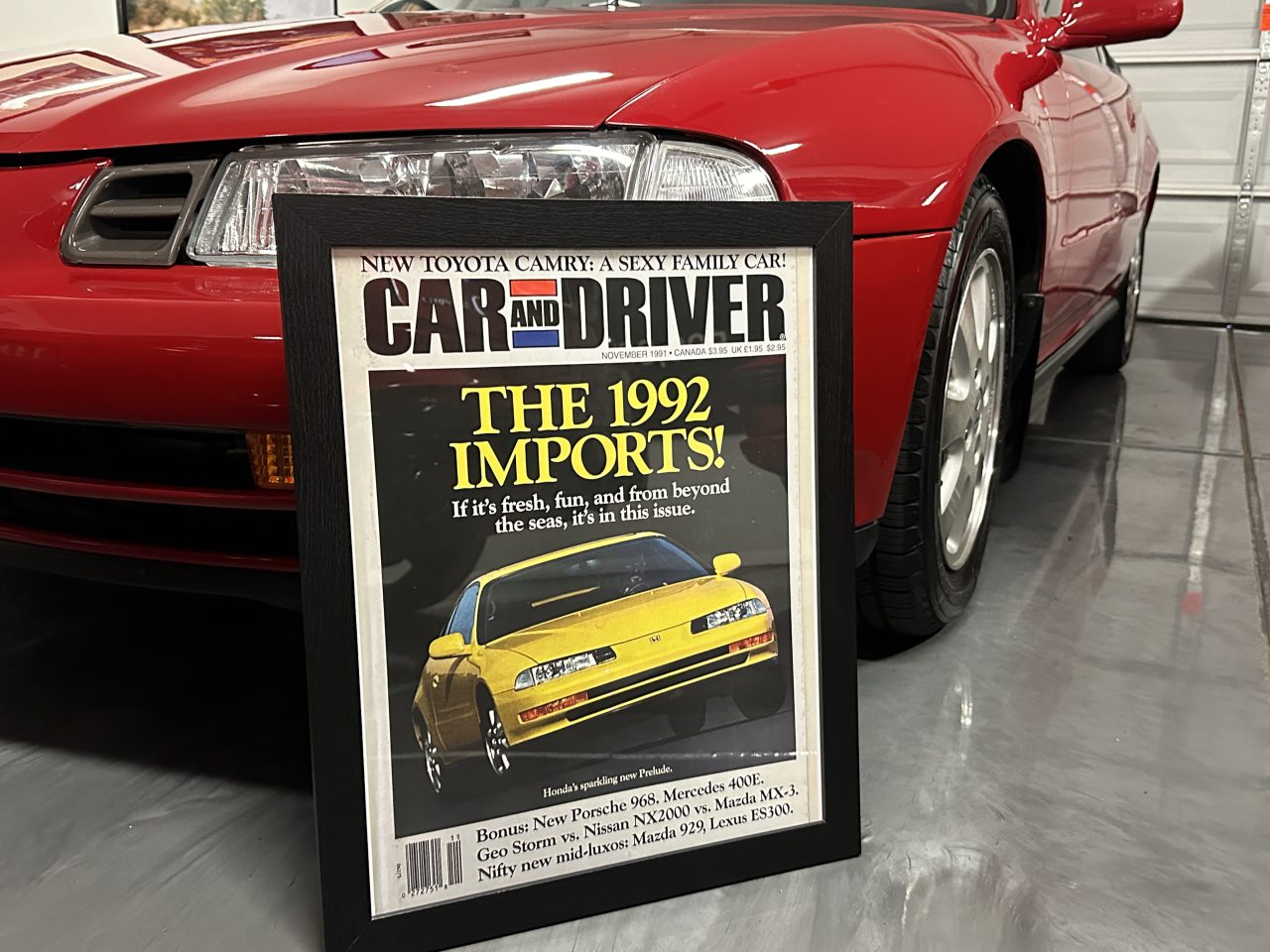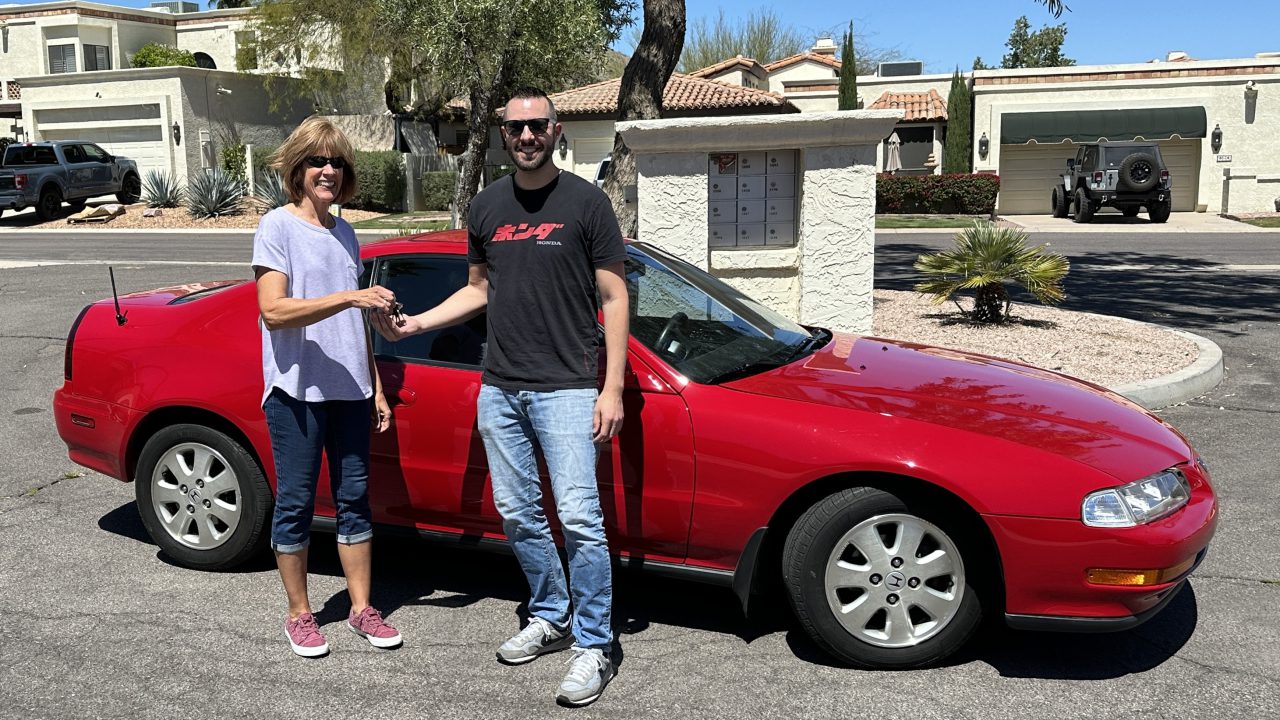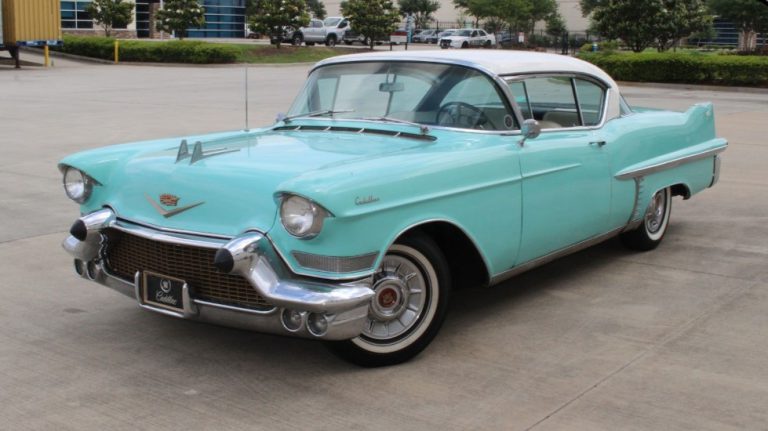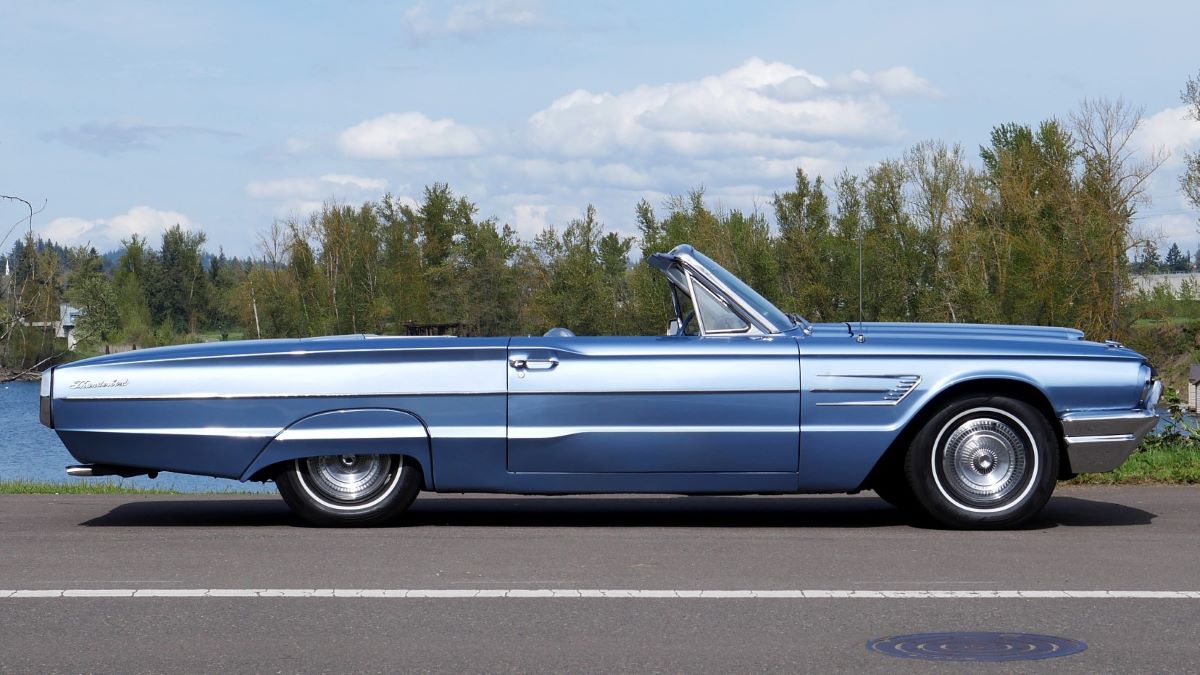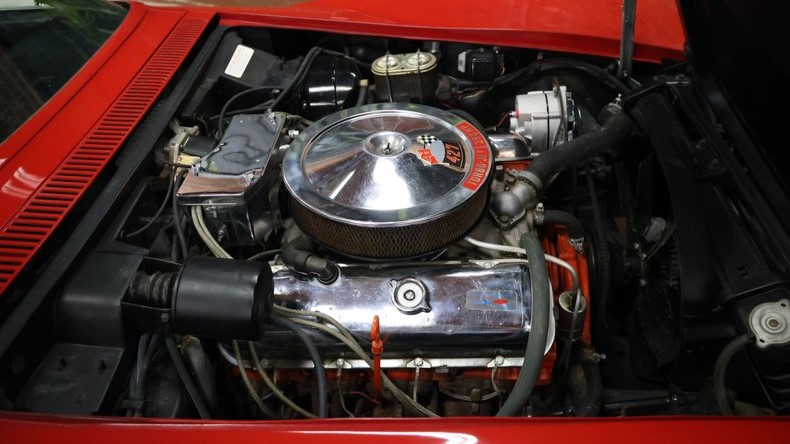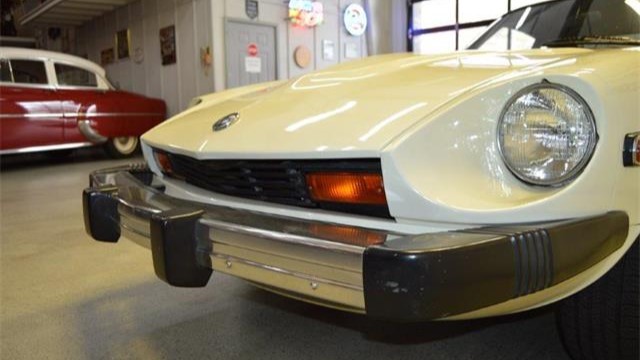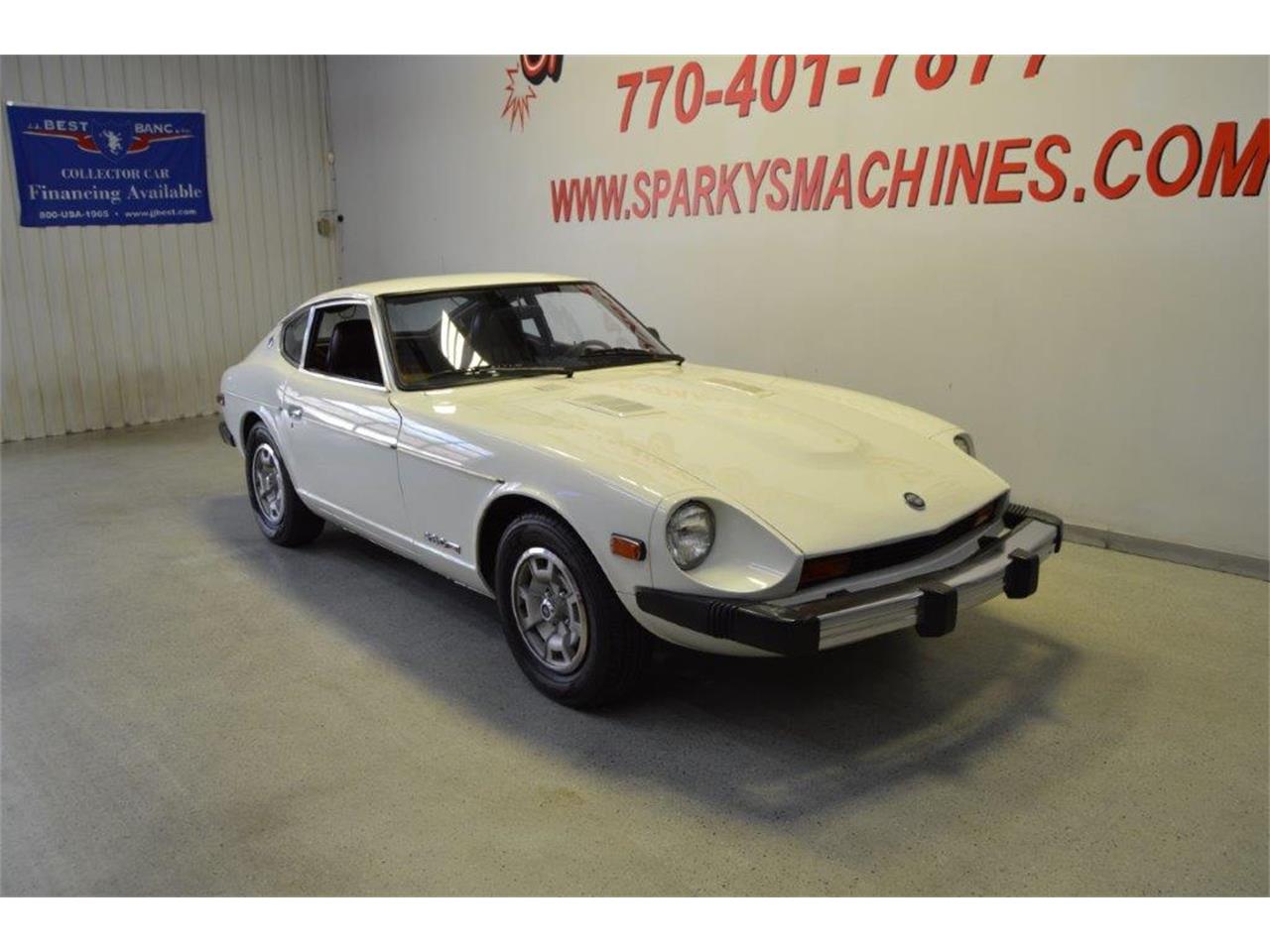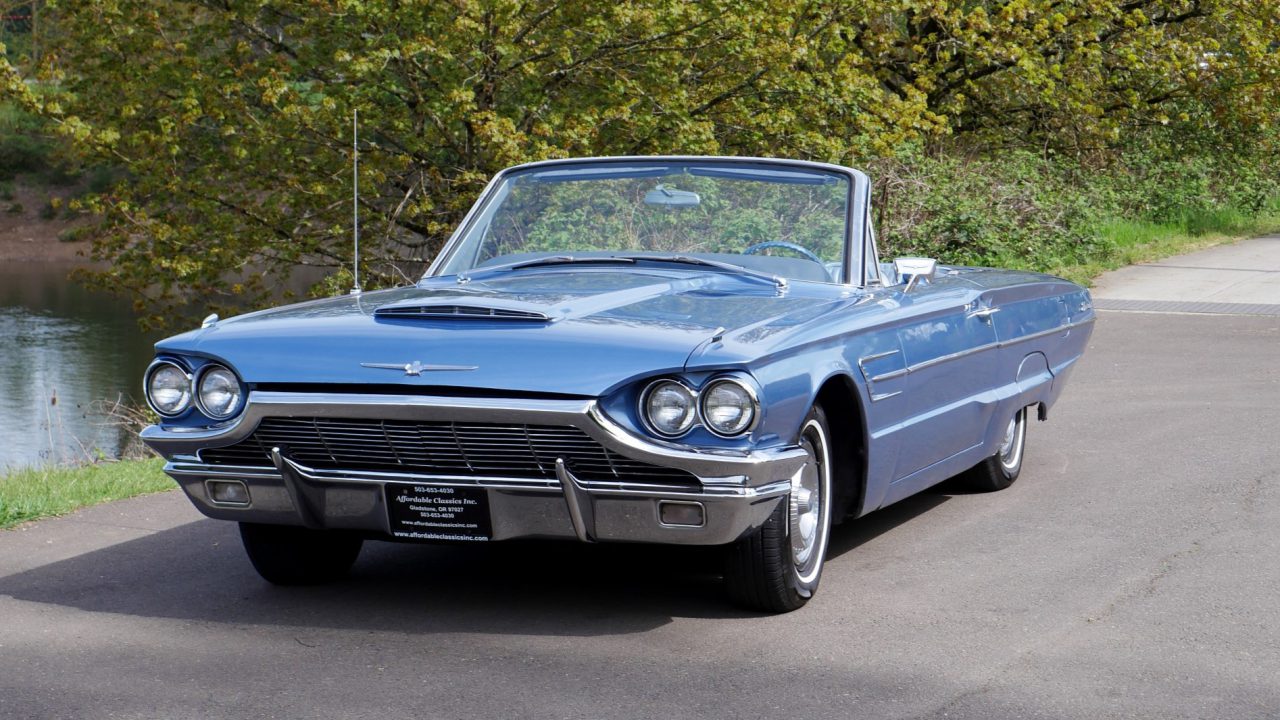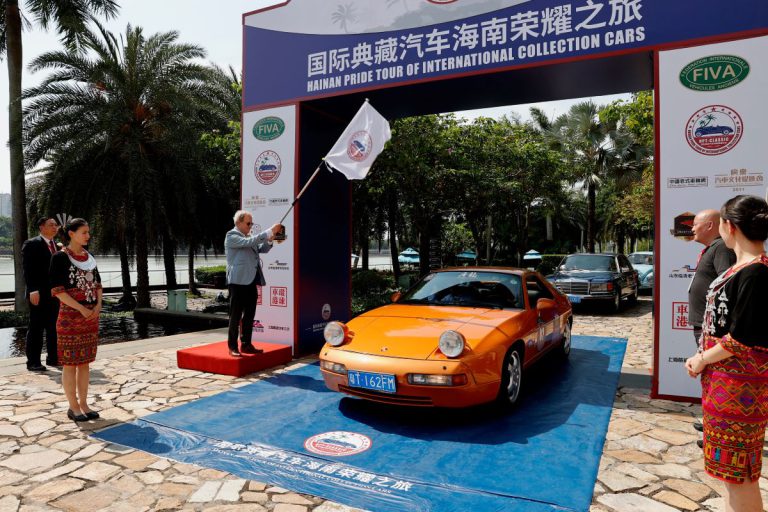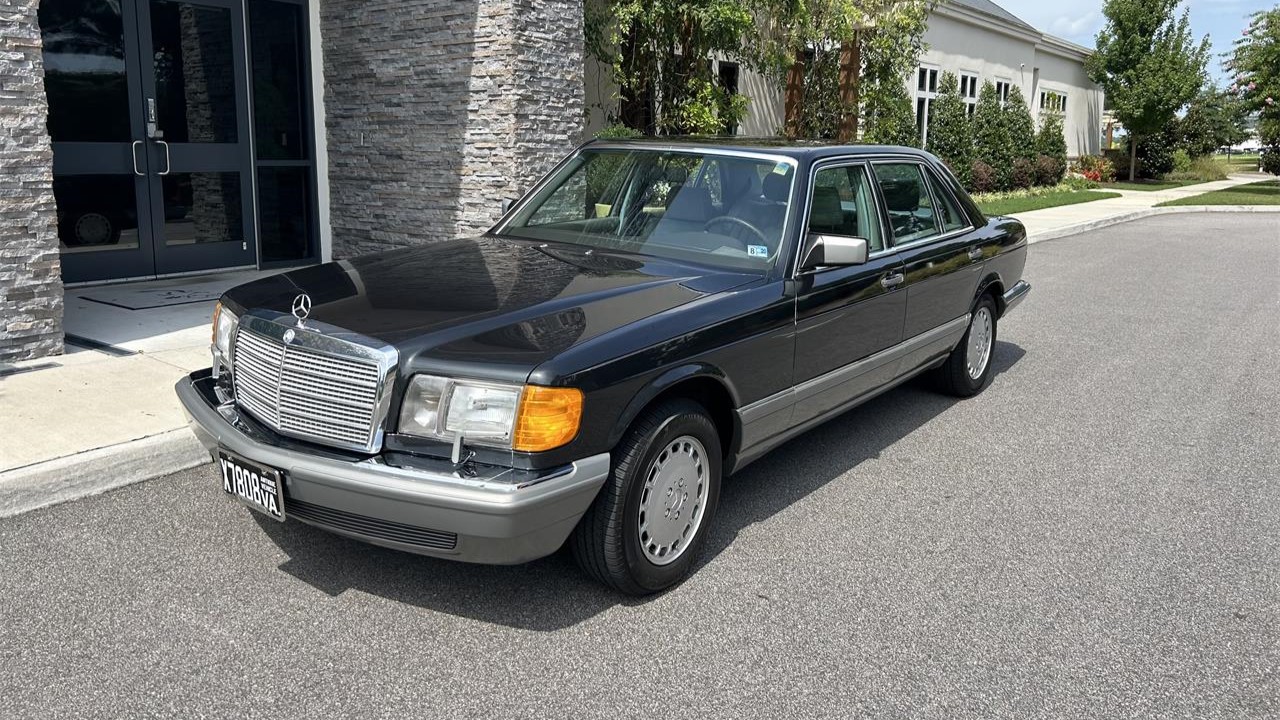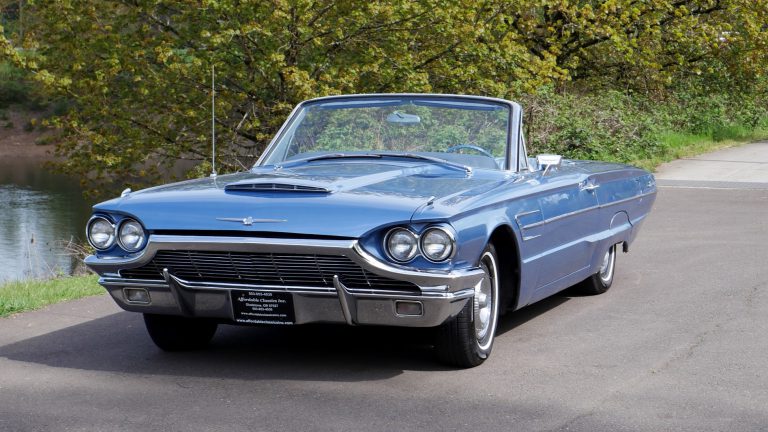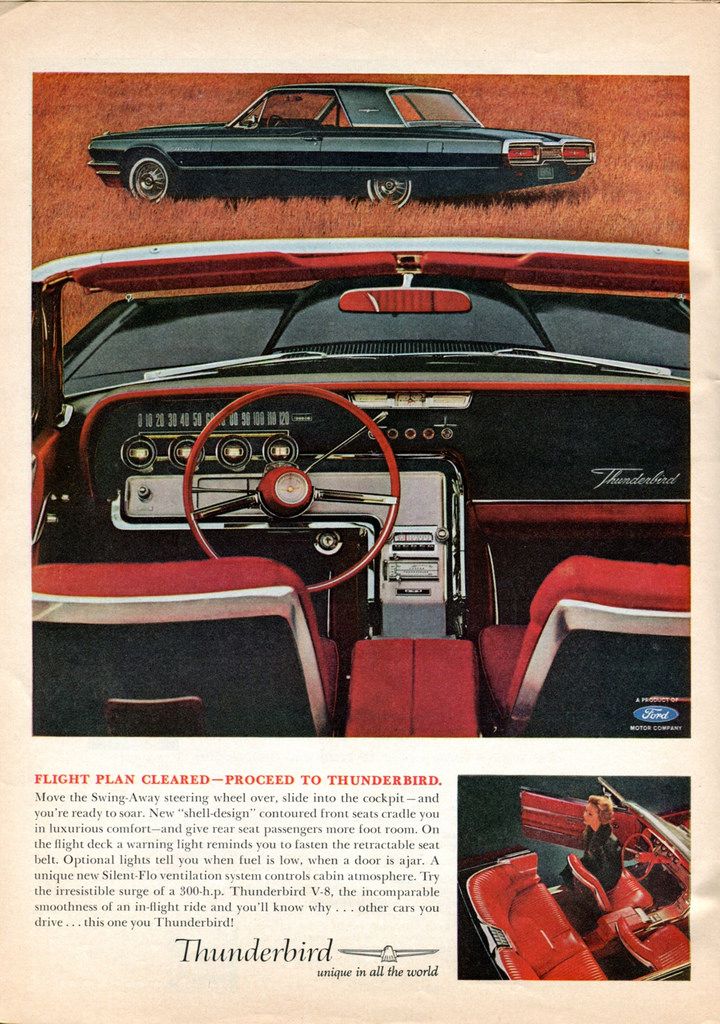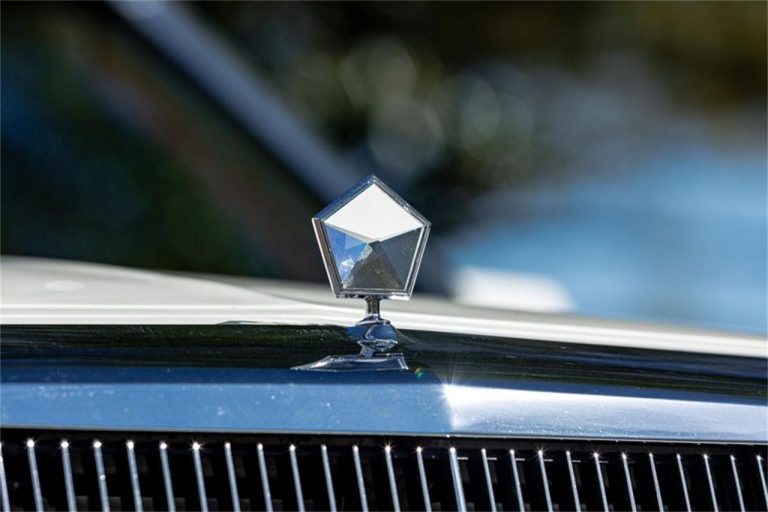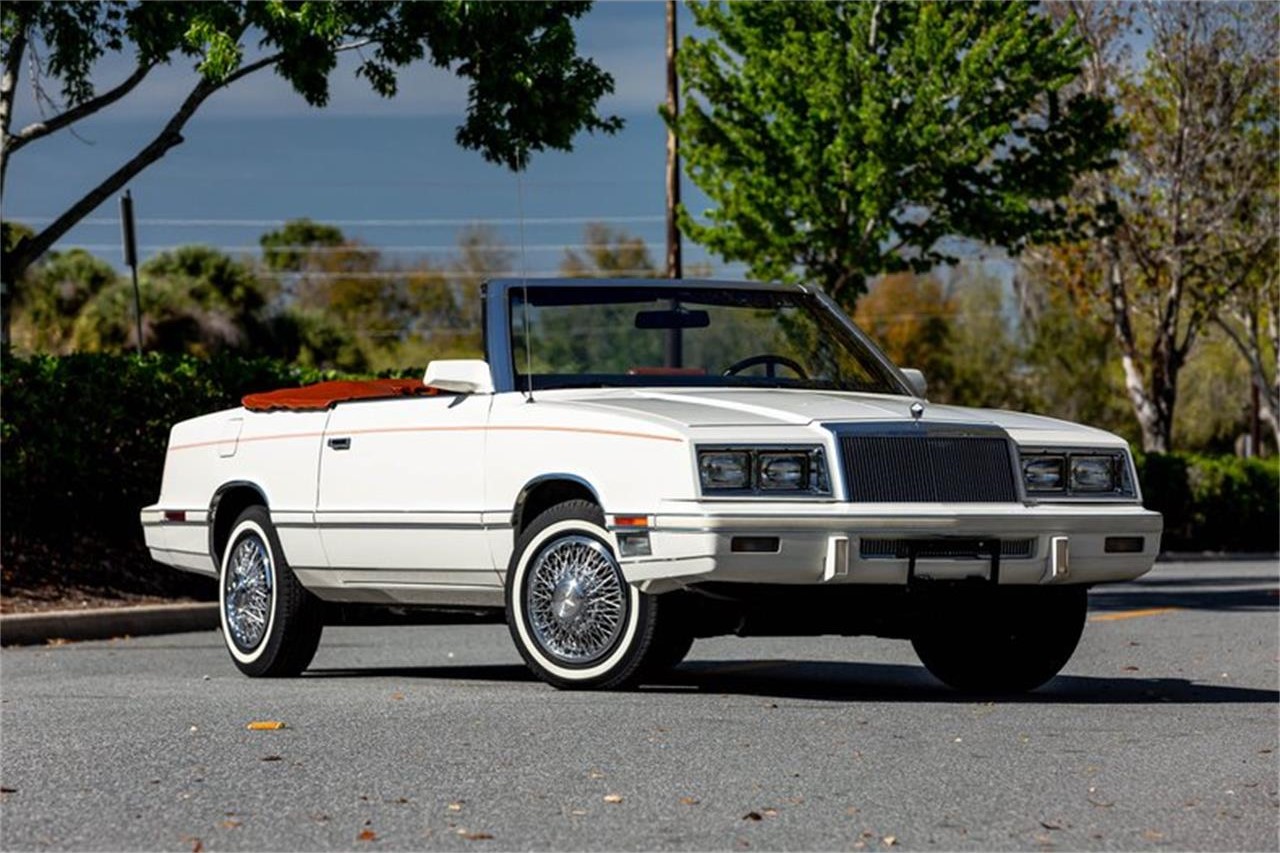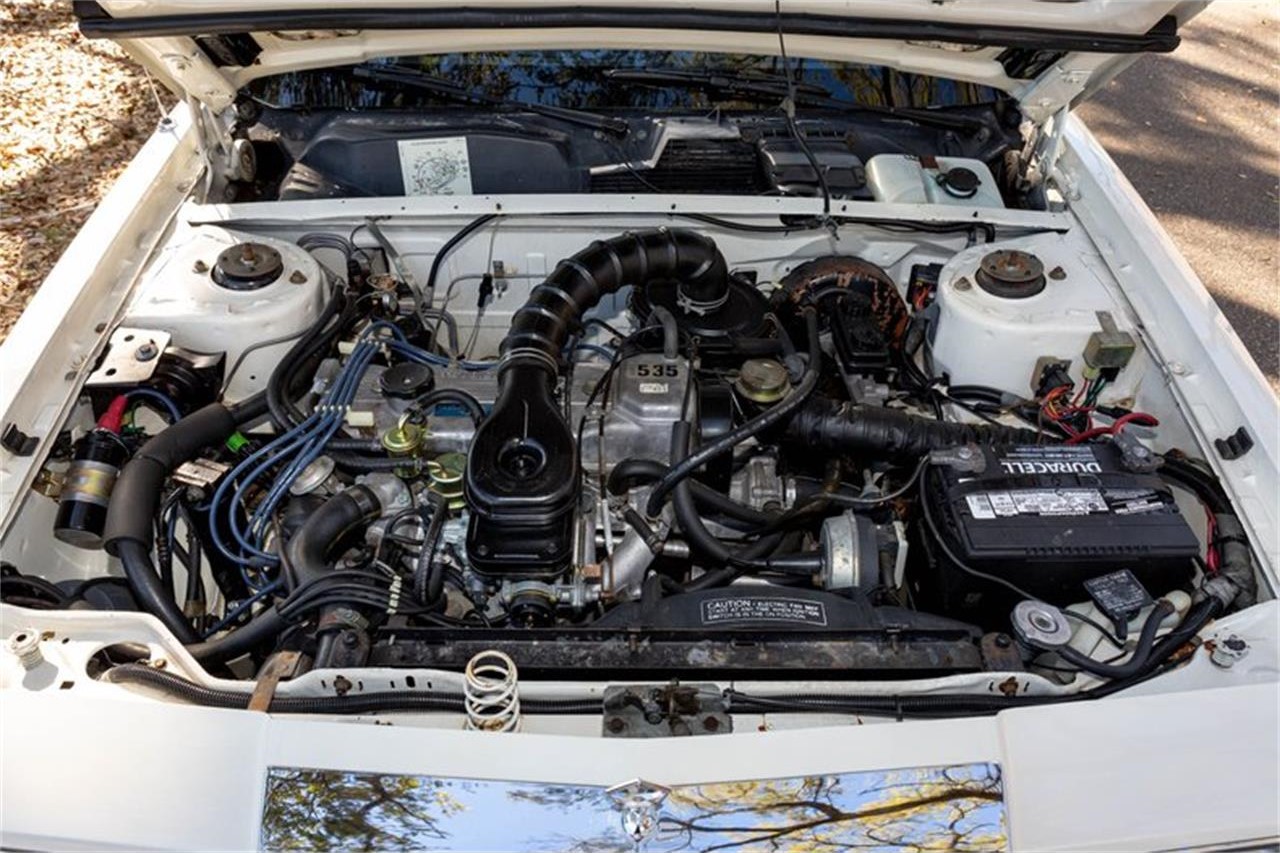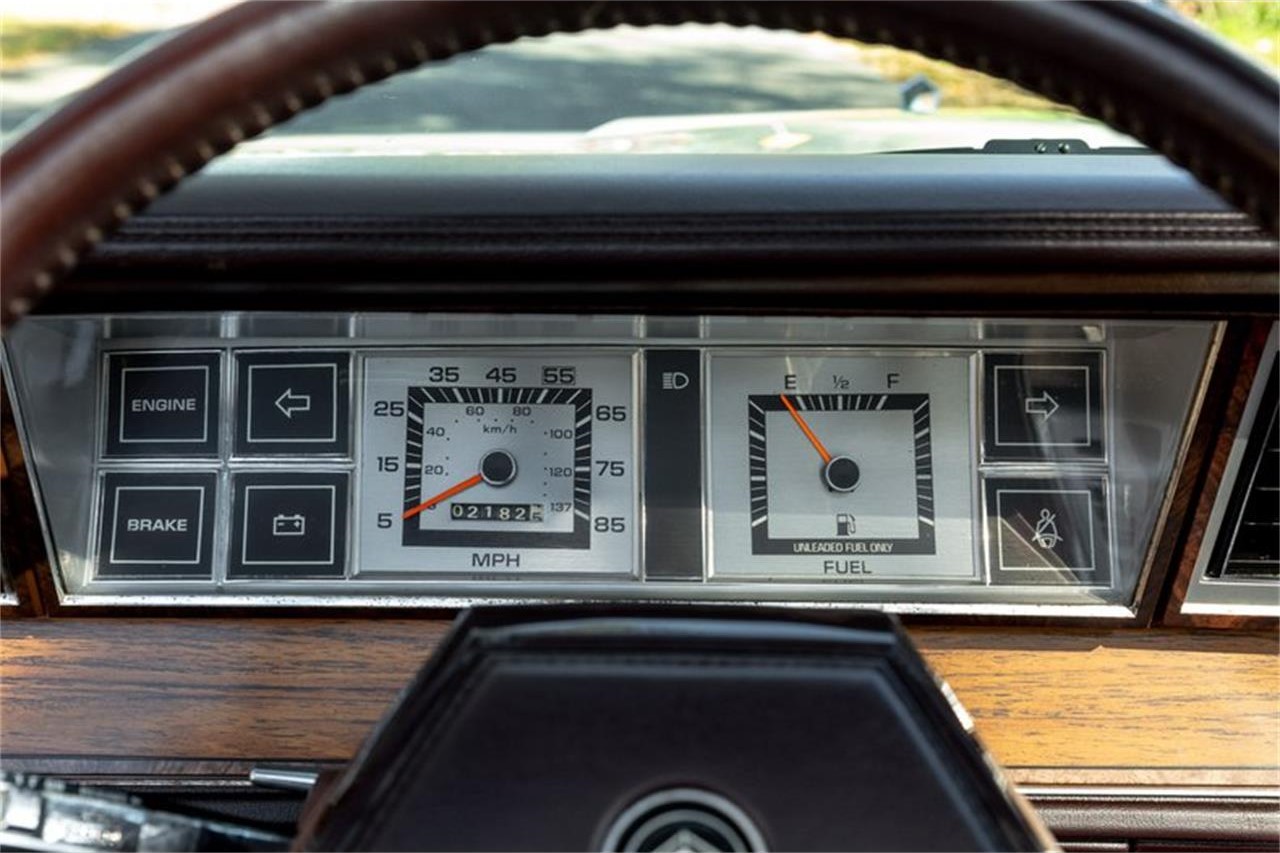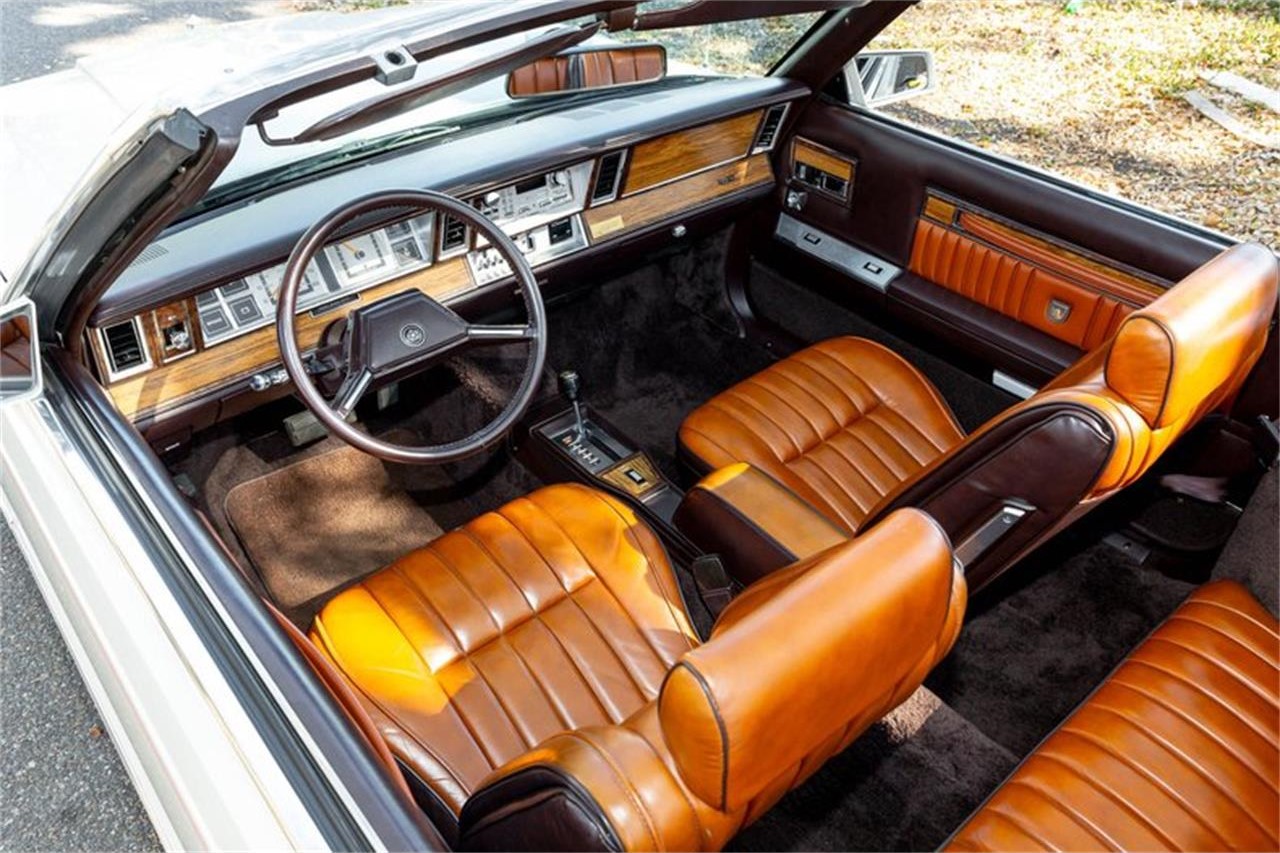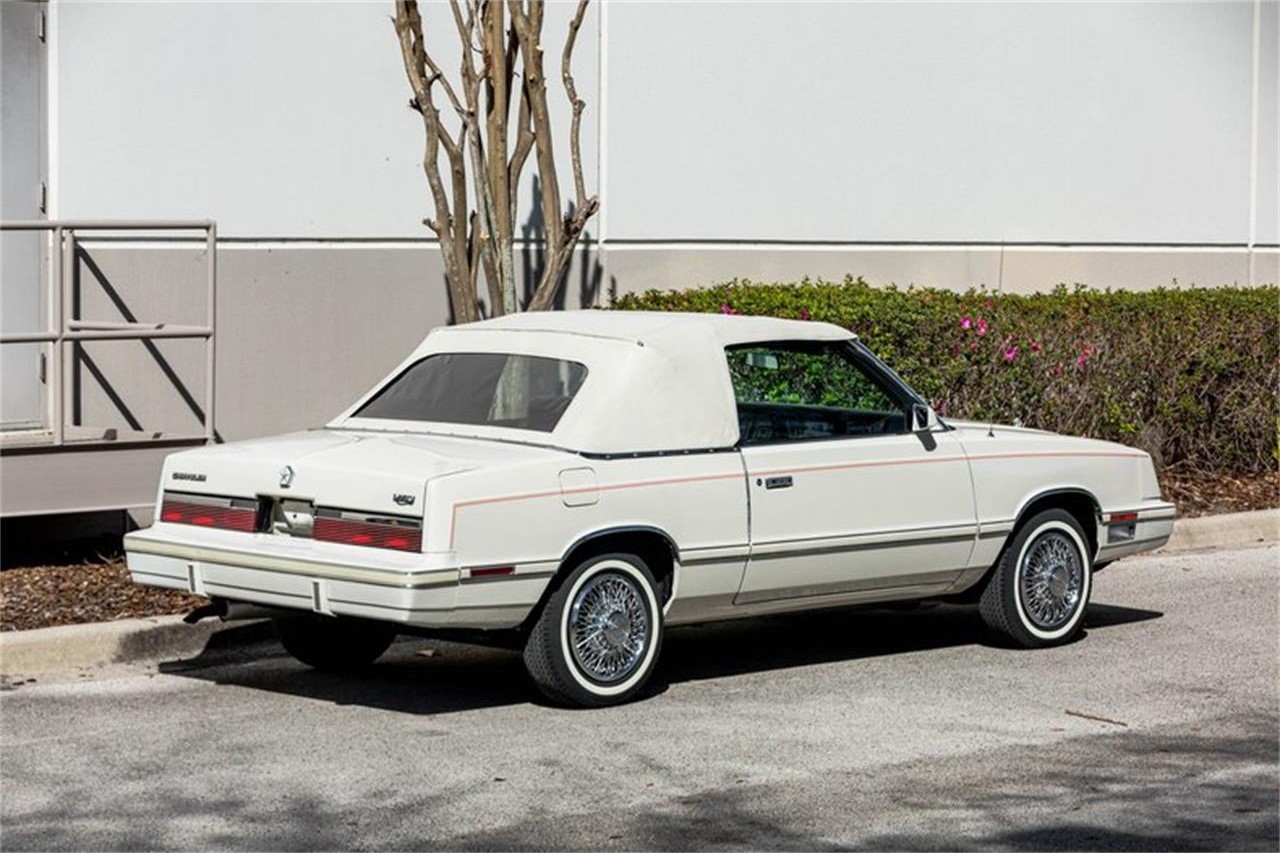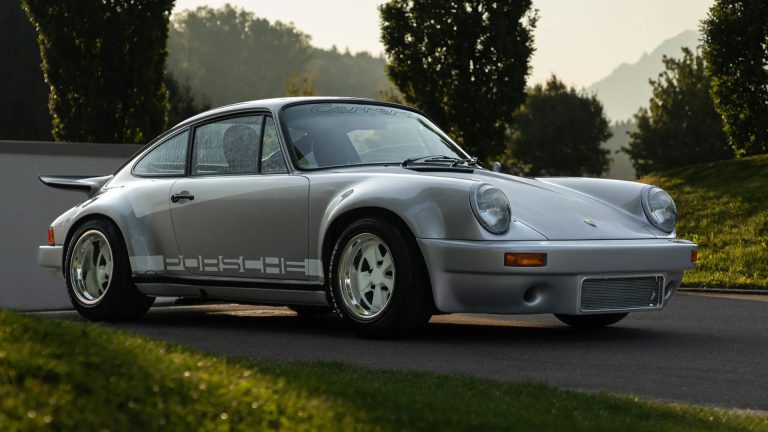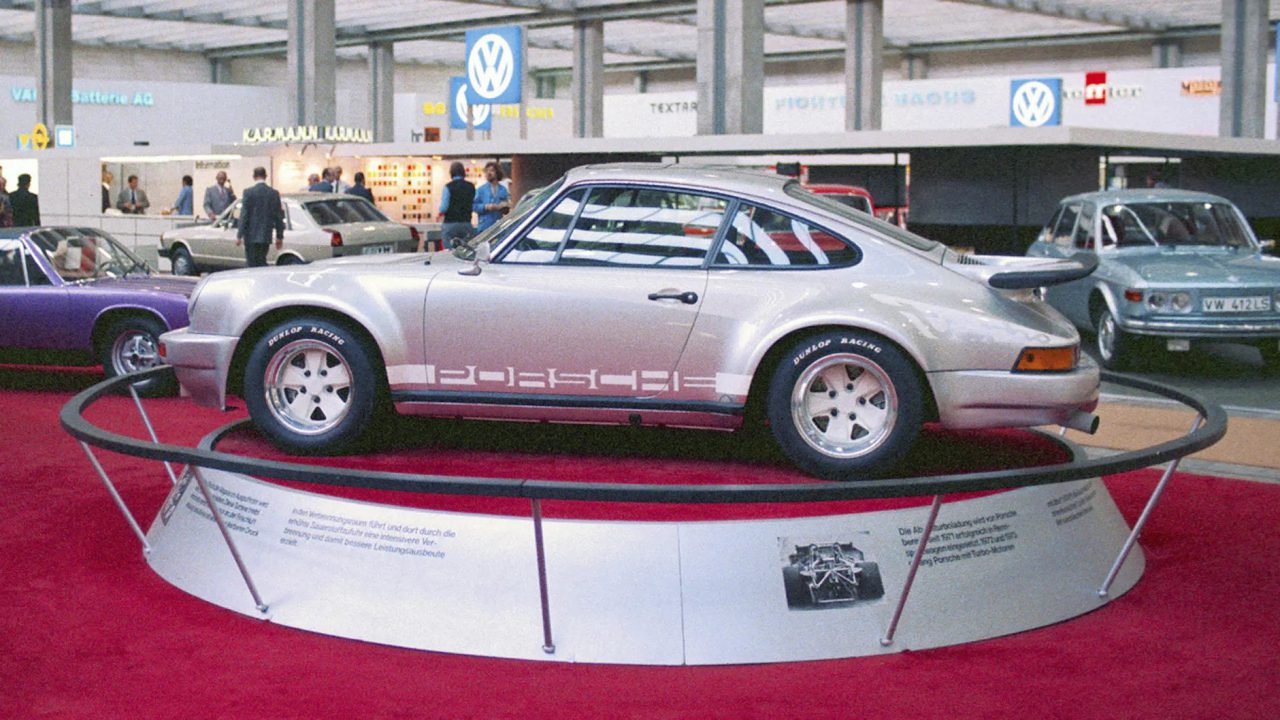Lexus has unveiled a game-changer with their new 2024 TX 350 Luxury AWD SUV. Introducing a spacious third row, this model fills a void in Lexus’ offerings, combining luxurious amenities with a more practical aspect. Priced starting at $61,200 for the AWD base model and $68,100 for the fully loaded luxury trim, let’s see what it’s got.
Love it or hate it, Lexus’s spindle grille has stayed the same over the years. However, I’m happy to say this year’s TX’s exterior design introduces the unified spindle grille. In my opinion, it’s a far better-looking design, especially if you opt for the Eminent White Pearl paint. Ours, sporting a Nightfall Mica blue finish, looks a little more subdued. The LED headlights with the arrowhead daytime running lights, LED fog lamps, and 20-inch machine-finished alloy wheels contribute to its sleek appearance. I appreciate the ruggedness of the matte black accents towards the rear, and I believe the decision to forgo exhaust tips makes the vehicle look more refined. It’s a well-crafted exterior that isn’t trying to imitate something it’s not. The liftgate’s lower leg sensor works as it should. Kick, wave, or tap to automatically open it up.
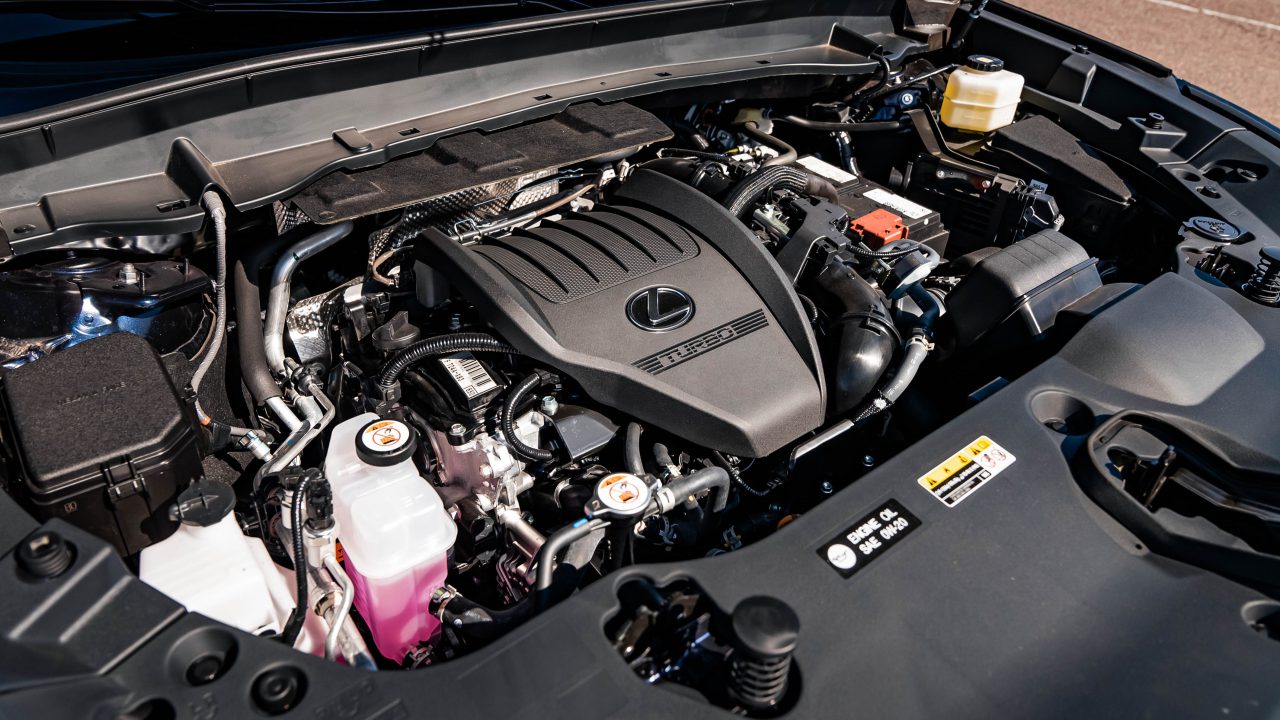
The TX offers three powertrain options catering to different drivers. Our TX 350 model features a 2.4L turbocharged 4-cylinder engine, delivering 275 horsepower and 317 lb-ft of torque. The hybrid variants, TX 500h and TX 550h Plus, provide a little more power and efficiency. The TX 550h Plus combines a 3.5L V6 engine with electric motors, offering 404 horsepower and an estimated 33 miles of pure electric range. Despite its size, the TX 350 achieves decent fuel efficiency ratings. The TX 350 model offers 20 mpg in the city, 26 on the highway, for a combined 23 mpg.

Practical, practical, practical… I can’t stress that enough. From the ample storage space and 3 rows of seating to the comfortable captain’s chairs, the TX350 is ready for any type of activity. Y’all thought third-row seats were hard to climb into? Not in this thing! The rear console is easy to lift and remove, allowing for a clear runway to the back seats. The heads-up display keeps your eyes up and on road. The semi-aniline leather seats (with their 10-way power adjustments) allow for a comfortable commute with the ability to dial in your lumbar support. Storage space is not lacking, as you can fold down the 2nd and 3rd row of seating. Whether loading this SUV full of moving supplies or going on road trips with the family, you have what I’d like to call “versatility.” The 12.3-inches for a digital gauge cluster and 14-inches for touchscreen seem to be the sweet spot in size. They’re large enough to navigate but small enough to fit in this vehicle.
The TX provides a comfortable and agile driving experience, despite its larger size. To me, it didn’t feel like anything larger than a small crossover SUV. The acceleration might even surprise you. We’re told driving a Lexus is smooth, but we don’t really know until we actually get behind the wheel of one. But dang are they right. Not only is it smooth, but the suspension is also soft and squishy. That’s exactly what I expect from a luxury SUV. If you’re worried about parking this thing, don’t be! With the number of cameras found throughout this vehicle, it’s a breeze to put away. Not everything is fine and dandy though.

The only way to change drive modes is through the infotainment screen. I would have much preferred physical buttons. I found myself just leaving it in comfort/normal mode because it took too long to change it. I’m all here for technological advancements but some things should stay physical and not digital! The attention monitor “feature” almost made me tear my hair out. I was constantly told to “sit-up” or “keep your eyes on the road” by the vehicle when I was just driving normally. Thankfully, you can disable this feature. Otherwise, the driving experience was pleasant, and my ears enjoyed the crisp sound coming from the 21-speaker Mark Levinson sound system.
Watch our full video review on the ClassicCars TV YouTube channel
The 2024 Lexus TX 350 Luxury AWD SUV sure has impressed me. I can’t decide what I like more, being driven around in it, or driving it myself. Both are equally enjoyable. If luxury SUVs are your speed, I highly recommend you go and test drive one! If you’re after better performance and gas efficiency, check out the TX 500h Plus! It may run you some extra dough, but you best believe you’ll get your money’s worth.


